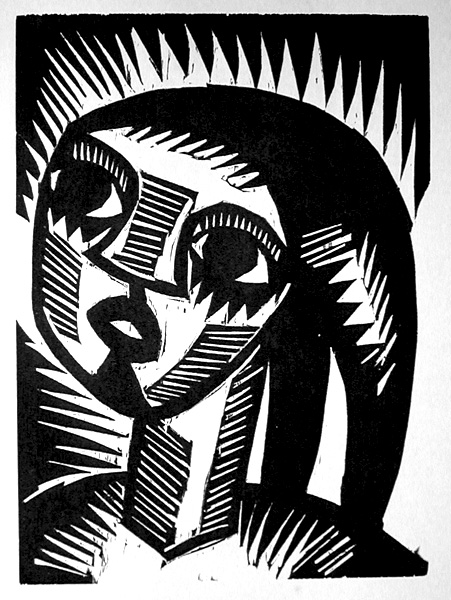photo cr: http://www.spaightwoodgalleries.com
Notes
- Horror films and Film Noir are influenced by German Expressionism
- In 1916, film imports were banned except from neutral Denmark.
- Production increased rapidly, from a dozen of small companies in 1911.
- UFA (Universum Film Aktiengesellschaft) A move toward control of not only the German market but the postwar international market as well.
- German film industry concentrated on three genres.
- Popular adventure serial, Featuring spy rings and Clever detectives.
- As an avant garde movement, Expressionism had first been important in painting.
- German Expressionism depends heavily on mise-en-scene.
- Shapes are distorted and exaggerated unrealistically for expressive purposes.
- Actors often wear heavy make-up and move in jerky or slow patterns.
- Caligari is one of the typical examples of German Expressionism
- It was prevalent in the 1920s
- Remembered films are such as "The Cabinet of Dr.Caligari" (Robert Weiner, 1920), Nosferatu (F.W Murnau, 1922) and Sunrise (F.W Murnau, 1922).
- The story lines of German Expressionist films are matched the visuals in terms of darkness and disillusionment.
Source: Film Art Book by Bordwell and Thompson

0 comments:
Post a Comment